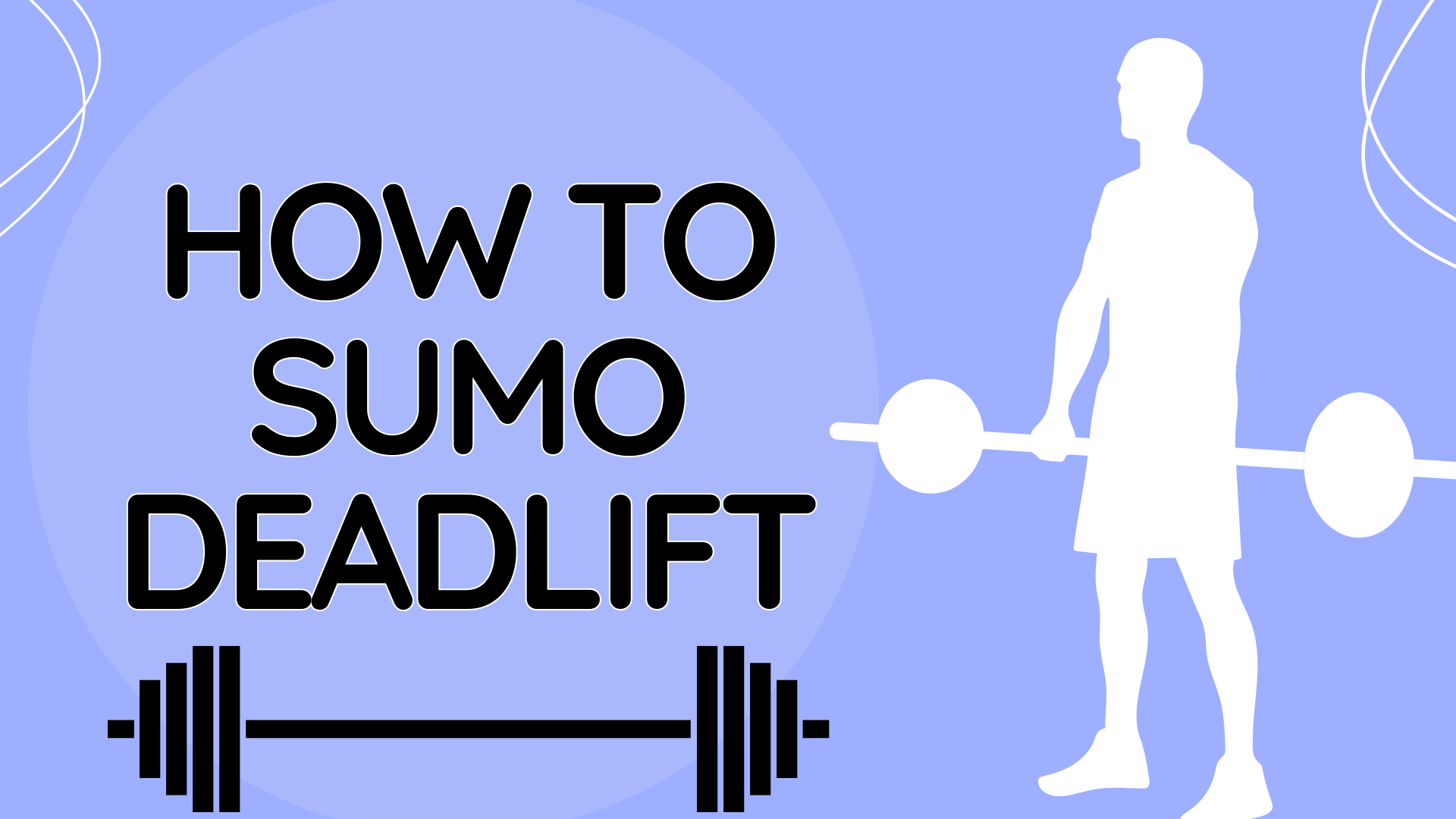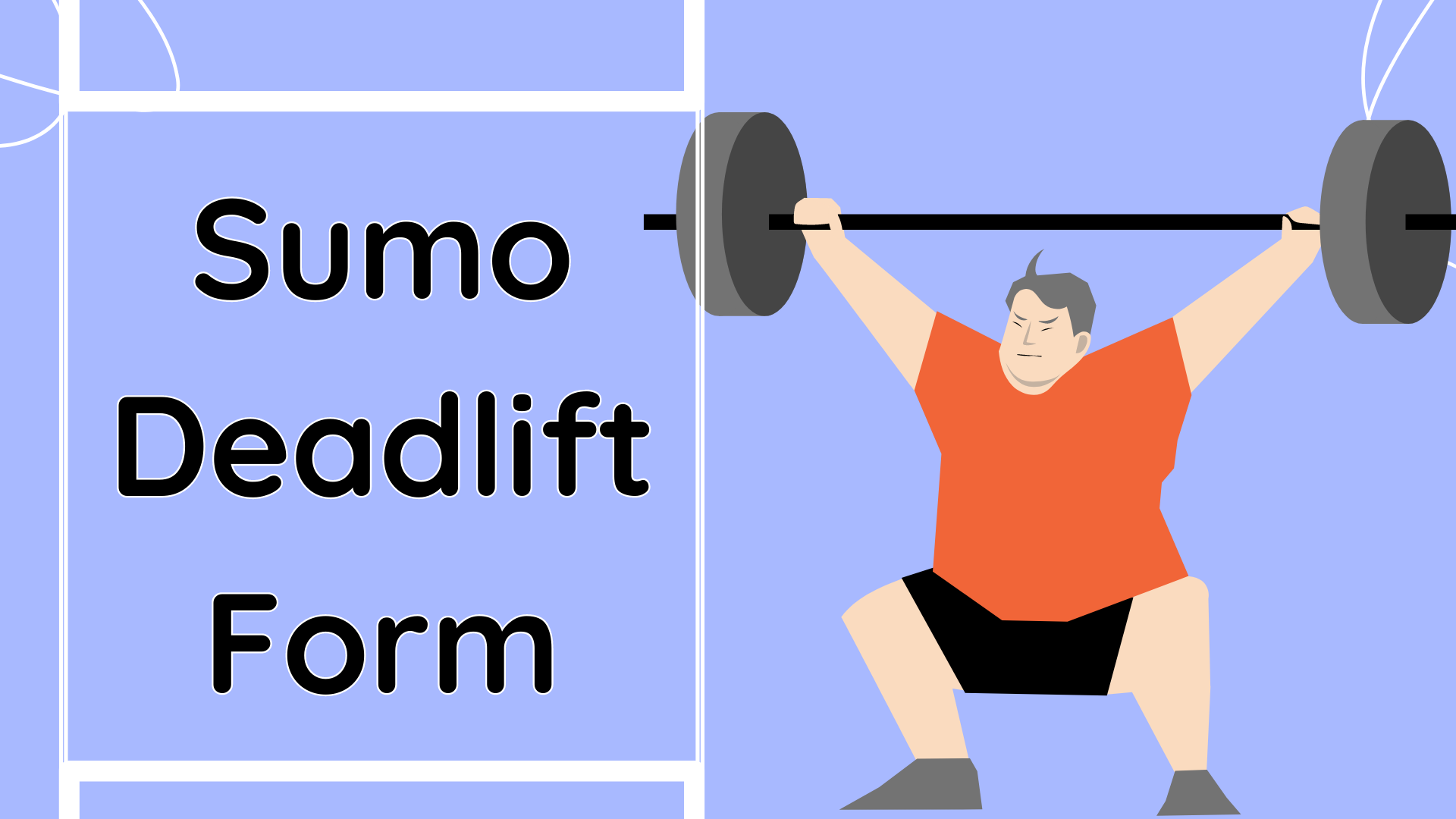
HOW TO SUMO DEADLIFT
The deadlift is a fundamental exercise that targets multiple muscle groups and is often hailed as the king of strength training movements. It builds overall strength, enhances posterior chain development, and improves functional fitness. There are different variations of the deadlift, and one popular variation is the sumo deadlift. In this article, we will explore the sumo deadlift form, its benefits, and how to properly execute this technique for optimal results.
The Deadlift
Before diving into the specifics of the sumo deadlift form, let’s briefly touch upon the conventional deadlift, which is the more widely known and commonly performed variation. The conventional deadlift involves a hip-width stance, where the lifter’s hands are placed outside the legs. It primarily emphasizes the posterior chain, including the hamstrings, glutes, and lower back muscles.
Conventional vs. Sumo Deadlift
While both the conventional and sumo deadlifts target similar muscle groups, they differ in technique and muscular emphasis. The sumo deadlift, as the name suggests, resembles the wide-legged stance of a sumo wrestler. This technique places more emphasis on the quadriceps, inner thigh muscles (adductors), and reduces the stress on the lower back compared to the conventional deadlift. The sumo deadlift form can be an excellent alternative for individuals with longer limbs or limited mobility.
Proper Sumo Deadlift Form
To perform the sumo deadlift correctly and maximize its benefits, it is crucial to follow proper form and technique. Here’s a step-by-step guide to executing the sumo deadlift form effectively:
Set up your stance: Start by standing with your feet wider than shoulder-width apart, toes pointing out at a slight angle. This wider stance helps create a solid base of support and allows your knees to track in line with your toes throughout the movement.
Grip the bar: Bend down and grip the barbell with your hands placed inside your legs. Unlike the conventional deadlift, where the hands are placed outside the legs, the sumo deadlift requires an inside grip. This grip allows for a more upright torso position, reducing stress on the lower back.
Assume the starting position: Lower your hips down while maintaining a flat back. Your shins should be vertical, and your shoulders should be slightly in front of the barbell. Engage your core and keep your chest up throughout the lift. This position is crucial for maximizing power and minimizing stress on your lower back.
Initiate the lift: With a strong grip on the barbell and a tight core, drive through your feet, pushing the floor away as you extend your hips and knees simultaneously. Focus on maintaining a vertical bar path and keep the barbell close to your body throughout the movement. As you stand up, squeeze your glutes and engage your hamstrings to complete the lift.
Lower the bar: To return the barbell to the floor, initiate the movement by pushing your hips back and allowing the barbell to descend in a controlled manner. Keep your back flat and your core engaged as you lower the weight. Once the barbell reaches the floor, reset your form before starting the next repetition.

Sumo Deadlift Form
The Sumo Deadlift
The sumo deadlift is a powerful variation of the deadlift exercise that offers unique benefits and challenges. In this section, we will delve deeper into the sumo deadlift, its advantages, and how it differs from other deadlift variations.
The sumo deadlift, named after its resemblance to the wide-legged stance of a sumo wrestler, involves a wider foot placement and a narrower hand grip compared to the conventional deadlift. This variation shifts the emphasis to different muscle groups and places less stress on the lower back. While the conventional deadlift primarily targets the posterior chain, the sumo deadlift places more emphasis on the quadriceps, inner thigh muscles (adductors), and glutes.
Key Points
To ensure proper execution and safety during sumo deadlifts, keep the following key points in mind
Foot placement: Start with a wide stance, wider than shoulder-width apart, with toes pointed out at a slight angle. Experiment with the foot position to find the most comfortable and efficient stance for your body proportions.
Hand grip: Unlike the conventional deadlift, the sumo deadlift requires an inside grip, with hands placed inside the legs. Choose a grip that allows you to maintain a strong hold on the barbell throughout the movement.
Hip position: Lower your hips down, aiming for a position where your shins are close to perpendicular to the floor. This helps optimize leg drive and power generation while reducing stress on the lower back.
Core engagement: Engage your core muscles by bracing your abs and maintaining a neutral spine throughout the lift. This stability is crucial for protecting your back and generating power from a strong foundation.
Bar path: Focus on maintaining a vertical bar path. Keep the barbell close to your body as you lift it, ensuring it stays in line with your midfoot throughout the movement. This helps maximize efficiency and minimizes the risk of injury.
Hip extension: Drive through your feet and extend your hips and knees simultaneously to lift the weight off the floor. Squeeze your glutes and engage your hamstrings as you reach the top position, fully locking out your hips.
Lowering the bar: To return the barbell to the floor, initiate the movement by pushing your hips back and allowing the weight to descend in a controlled manner. Maintain proper form and avoid rounding your back during the descent.
By focusing on these key points and consistently practicing the sumo deadlift form, you can improve your strength, enhance muscular development, and reduce the risk of injury. Remember to start with lighter weights to master the technique before gradually increasing the load. With time and dedication, you’ll reap the rewards of this powerful deadlift variation.






